
Cuisine
Tlingit cuisine
Tlingit cuisine is based on the abundance of seafood and wild game in the Pacific Northwest region. The diet consists mainly of fish, shellfish, and game meats, as well as berries and other wild plants. Traditional dishes include smoked salmon, halibut chowder, and venison stew. Tlingit cuisine is also known for its emphasis on communal dining and sharing of food, which is an important part of Tlingit culture.
Typical ingredients
Fish (salmon, halibut, herring), Shellfish (clams, mussels, oysters), Game meats (venison, elk, moose), Berries, Wild plants
Tlingit cuisine is a testament to the rich cultural heritage of the Tlingit people, and their deep connection to the land and sea of the Pacific Northwest. It is a cuisine that celebrates the bounty of the natural world, and the importance of community and sharing.
More cuisines from this region...
History
Tlingit cuisine has a long history, dating back thousands of years to the first Tlingit settlements in the Pacific Northwest. The cuisine has evolved over time, adapting to changes in the environment and the availability of ingredients. Tlingit cuisine is an important part of Tlingit culture, and is often shared during community gatherings and celebrations.
Cultural significance
Tlingit cuisine is an important part of Tlingit culture, and is often shared during community gatherings and celebrations. It is also a way for Tlingit people to connect with their traditional way of life and the natural environment. Tlingit cuisine has gained recognition in recent years for its unique flavors and use of local ingredients.
Health benefits and considerations
Tlingit cuisine is high in protein and omega-3 fatty acids, which are important for heart health. However, it is also high in sodium and cholesterol, which can be a concern for some people. In addition, the consumption of certain types of raw or undercooked seafood can pose a risk of foodborne illness.
Tlingit cuisine recipes Browse all »

Tlingit-inspired Ricotta and Mint Frittata
Savory Fusion: Tlingit-inspired Ricotta and Mint Frittata
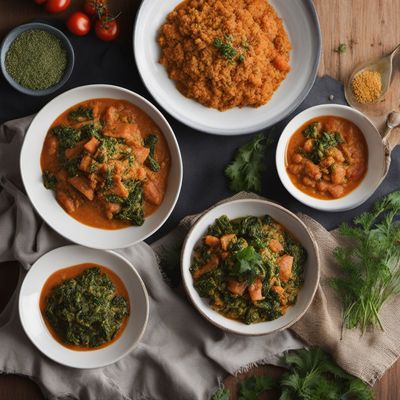
Pohani V with a Tlingit Twist
Crispy Tlingit Fish Fritters
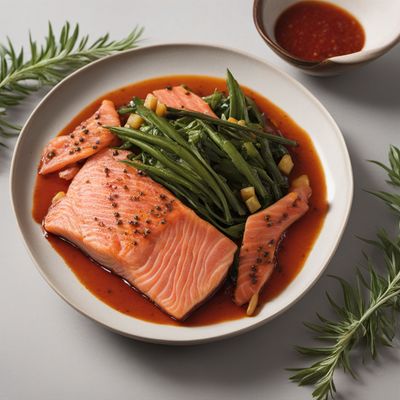
Texas Tommy with a Tlingit Twist
Smoky Salmon Stuffed with Wild Herbs: A Tlingit-Inspired Texas Tommy

Tlingit-inspired Wild Berry Flan
Wild Berry Delight: A Tlingit Twist on Flan
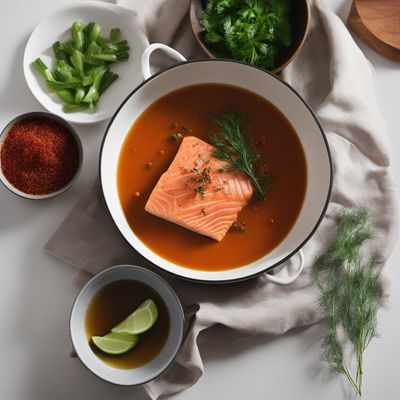
Tlingit-inspired Salmon Fondue
Smoky Salmon Delight: Tlingit-inspired Fondue Vigneronne

Tlingit-style Vinegar Chicken
Tangy Tlingit Chicken Delight

Tlingit-inspired Grilled Salmon Skewers
Smoky Salmon Skewers with Indigenous Flavors

Tlingit-Inspired Sago Halawa
Wilderness Delight: Tlingit-Inspired Sago Halawa

Tlingit-style Crispy Pork Cracklings with Bacon
Smoky Delights: Tlingit-Inspired Crispy Pork Cracklings with Bacon
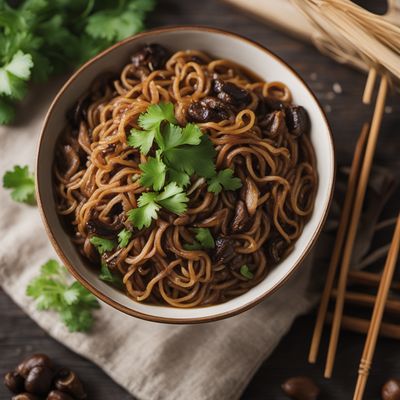
Tlingit-inspired Nameko Soba
Wild Mushroom Soba Delight
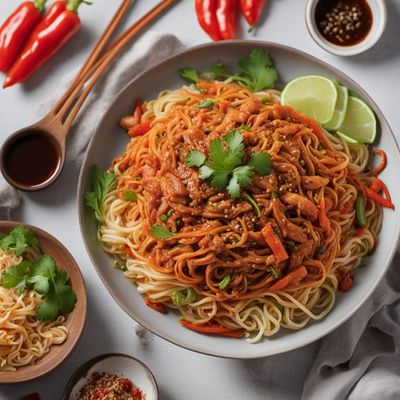
Tlingit-style Spicy Noodle Stir-Fry
Fiery Tlingit Noodles: A Spicy Twist on Traditional Stir-Fry

Tlingit-style Sauteed Pasta
Wild Flavors of Tlingit: Sauteed Pasta with a Coastal Twist